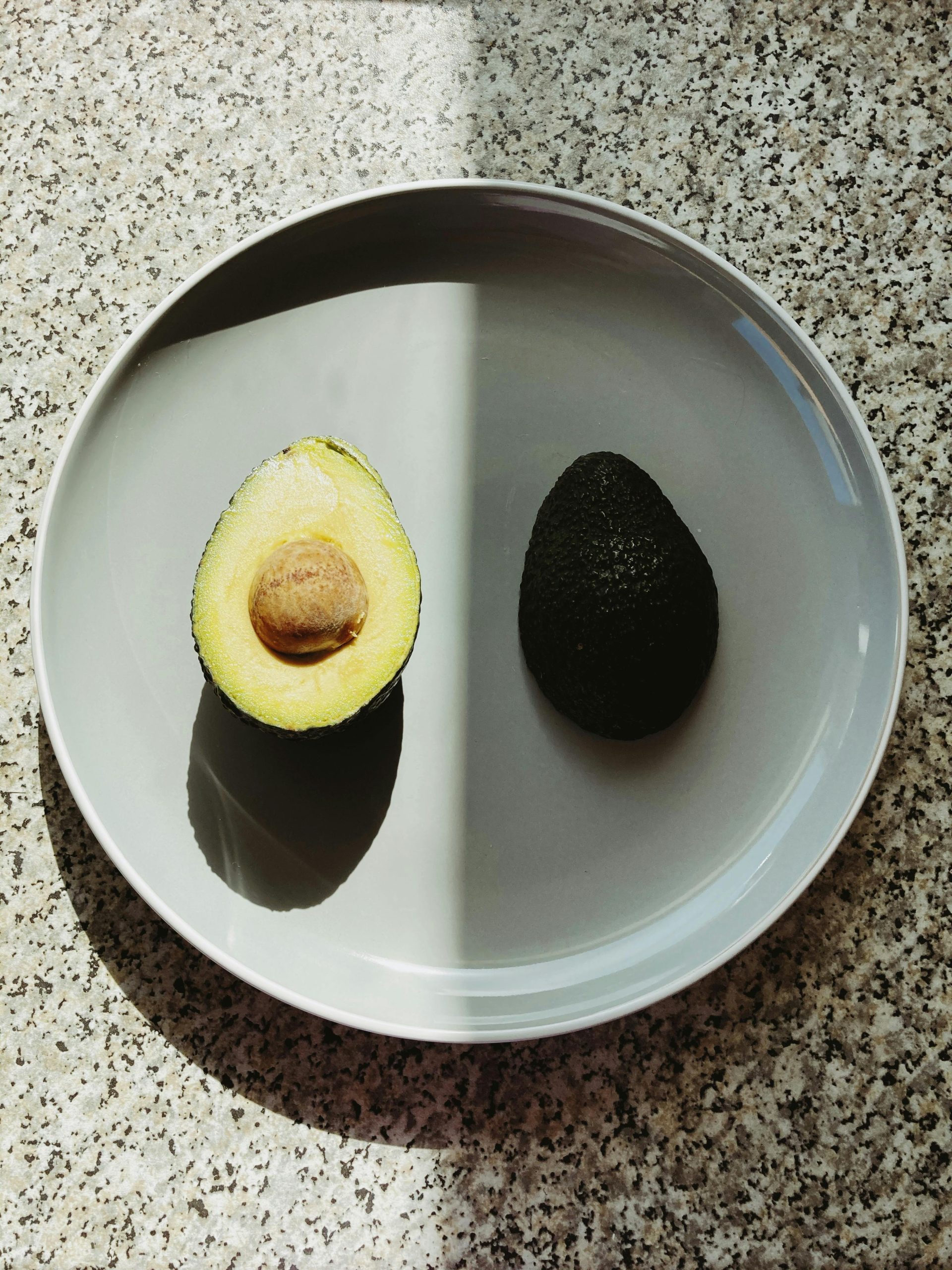The ketogenic (keto) diet has gained immense popularity in India as an effective way to lose weight, manage diabetes, and improve overall health. By drastically reducing carbohydrate intake and increasing healthy fats, the body enters a metabolic state called ketosis, where it burns fat for energy instead of glucose. However, adapting the keto diet to Indian cuisine can be challenging due to the country’s carb-heavy staples like rice, roti, and sweets. This guide will help you navigate the keto diet in India by highlighting the best foods to eat and what to avoid for success.
Best Keto-Friendly Indian Foods
Indian cuisine offers plenty of keto-friendly options if you know what to look for. Here are some of the best foods to include in your keto diet:
Healthy Fats and Oils
- Ghee and Coconut Oil: Rich in healthy fats, these are excellent for cooking and adding flavor to dishes.
- Mustard Oil and Olive Oil: Great for dressings and low-heat cooking.
- Nuts and Seeds: Almonds, walnuts, chia seeds, and flaxseeds provide healthy fats and fiber.
Protein Sources
- Poultry and Eggs: Chicken, turkey, and eggs are excellent protein sources.
- Fish and Seafood: Fatty fish like salmon and mackerel are rich in omega-3s.
- Paneer and Cheese: High-fat dairy products like paneer, cheddar, and mozzarella are keto-friendly.
Low-Carb Vegetables
- Leafy Greens: Spinach, methi (fenugreek), and lettuce are low in carbs.
- Cauliflower: A versatile substitute for rice and potatoes.
- Bell Peppers and Zucchini: Great for stir-fries and curries.
Foods to Avoid on Keto in India
To stay in ketosis, you must avoid high-carb foods commonly found in Indian diets. Here’s what to steer clear of:
High-Carb Grains and Flours
- Rice and Wheat: White rice, brown rice, and wheat-based rotis are high in carbs.
- Maida (Refined Flour): Used in bread, naan, and snacks like samosas.
- Millets: While healthy, millets like bajra and jowar are carb-dense.
Sugary and Starchy Foods
- Sweets and Desserts: Gulab jamun, jalebi, and barfi are loaded with sugar.
- Potatoes and Sweet Potatoes: High in starch and carbs.
- Processed Snacks: Chips, biscuits, and packaged foods often contain hidden sugars.
High-Carb Fruits
- Mangoes and Bananas: Delicious but high in natural sugars.
- Grapes and Chikoo: Best avoided due to their carb content.
- Dried Fruits: Raisins, dates, and figs are concentrated sources of sugar.
Tips for Staying Keto in India
Following a keto diet in India requires planning and smart substitutions. Here are some practical tips:
Make Smart Substitutions
- Replace rice with cauliflower rice or shirataki rice.
- Use almond flour or coconut flour instead of wheat flour for baking.
- Opt for Greek yogurt or hung curd instead of regular yogurt.
Plan Your Meals
- Prep keto-friendly snacks like cheese cubes or roasted nuts to avoid cravings.
- Cook in bulk and store keto-friendly curries and stir-fries for convenience.
- Read labels carefully to avoid hidden sugars in sauces and packaged foods.
Stay Hydrated and Balanced
- Drink plenty of water and herbal teas to stay hydrated.
- Include electrolytes like pink salt and lemon water to prevent keto flu.
- Balance fats, proteins, and fiber to maintain energy levels.
Conclusion
The keto diet can be successfully followed in India with the right food choices and substitutions. Focus on healthy fats, moderate protein, and low-carb vegetables while avoiding grains, sugary foods, and starchy vegetables. With careful planning and discipline, you can enjoy delicious Indian meals while staying in ketosis and reaping the benefits of
